Ranging from large company-owned ships to small fishing boats, rows of ships are commonly seen at anchor in ports throughout the Dobo region of Aru in Maluku. Operating in the Aru region, these have come from locations all over Indonesia; their ubiquity is a testament to the wealth of marine resources with which the Aru Islands Regency has been blessed.
Of these resources, one of the highest in value is the sea cucumber. One kilogramme of dried sandfish sea cucumbers (Holothuria scabra) can be sold for around IDR 800,000 to IDR 1,500,000; the highest quality is large in size, equivalent to around seven sea cucumbers per kilogramme. The best-quality sea cucumbers are gathered together by collectors and sold in Makassar, South Sulawesi.

Photo by: Inayah for UNDP Indonesia
The history of sea cucumber utilisation actually stretches back to around 400 years ago. In Indonesia itself, wholesale fishing and trade in sea cucumbers (known locally as teripang) only officially started in the 18th century, when the South Sulawesi port of Makassar was the largest centre of trade in Asia. However, records also show that people of the Aru Islands have actually been catching sea cucumbers as far back as 1636. At that time, people caught sea cucumbers using a simple tool made of wood with a nail at the end, whereas nowadays they are collected either through the use of basic diving equipment or by simply waiting for low tide (meti). In addition, it is well known that some individuals take potentially life-threatening dives using compressors in a bid to collect the highly prized sea cucumbers.
After being collected, the sea cucumbers are organised according to size. Those that are small are placed in a container or used vegetable sacks to be weighed according to the sale size classifications. Meanwhile, medium to large sea cucumbers are collected for drying.
Besides sea cucumbers, the Aru Islands are also rich in other natural marine resources, such as red snapper, shrimp and lobster. In fact, the pearl lobster can fetch prices up to IDR 1,200,000 / kg in the local markets of Dobo.
Read also: Norce Mote: A Mother’s Dedication in the World of Education and Fisheries
The richness of marine resources in Aru is in part due to the activities of local people, who continually strive for sustainability. Indigenous peoples in the Aru Islands generally implement a practice known as Sasi, which prohibits the taking of natural products that are part of conservation efforts. This is what makes the Aru Seas rich in marine resources and ensures their sustainability.

The GEF/UNDP/PEMSEA ATSEA-2 Programme focuses on facilitating the improvement of Southeast Aru MPA management effectiveness, especially for better engagement among local communities. The Programme, in collaboration with partners, has been monitoring the use of resources since last year. ATSEA-2 will continue to support the improvement of livelihoods through an Ecosystem Approach to Fisheries Management (EAFM) that combines local wisdom and modern knowledge, along with Fisheries Improvement Projects (FIP), value chain analysis, market fisheries and support for eliminating the illegal turtle trade.
(Hasbi)


